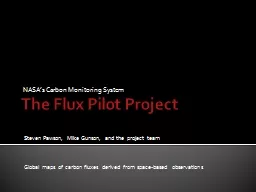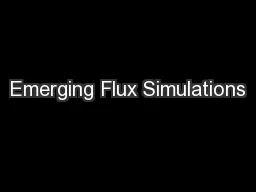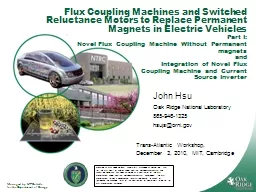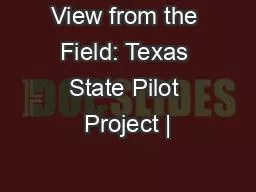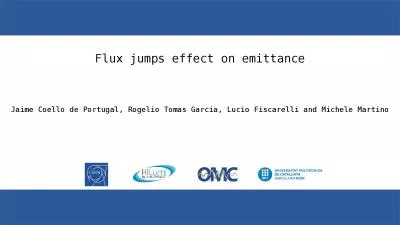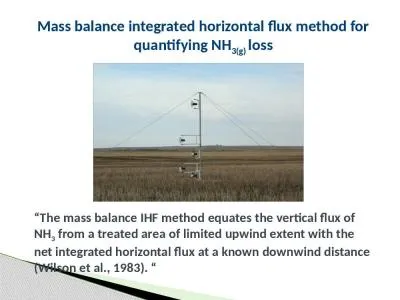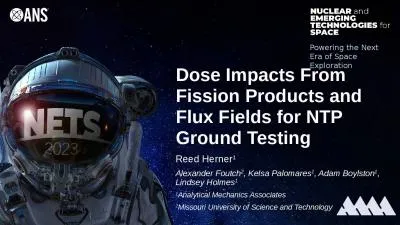PPT-The Flux Pilot Project
Author : trish-goza | Published Date : 2017-04-14
NASAs Carbon Monitoring System Global maps of carbon fluxes derived from spacebased observations Steven Pawson Mike Gunson and the project team FluxPilot Project
Presentation Embed Code
Download Presentation
Download Presentation The PPT/PDF document "The Flux Pilot Project" is the property of its rightful owner. Permission is granted to download and print the materials on this website for personal, non-commercial use only, and to display it on your personal computer provided you do not modify the materials and that you retain all copyright notices contained in the materials. By downloading content from our website, you accept the terms of this agreement.
The Flux Pilot Project: Transcript
Download Rules Of Document
"The Flux Pilot Project"The content belongs to its owner. You may download and print it for personal use, without modification, and keep all copyright notices. By downloading, you agree to these terms.
Related Documents

